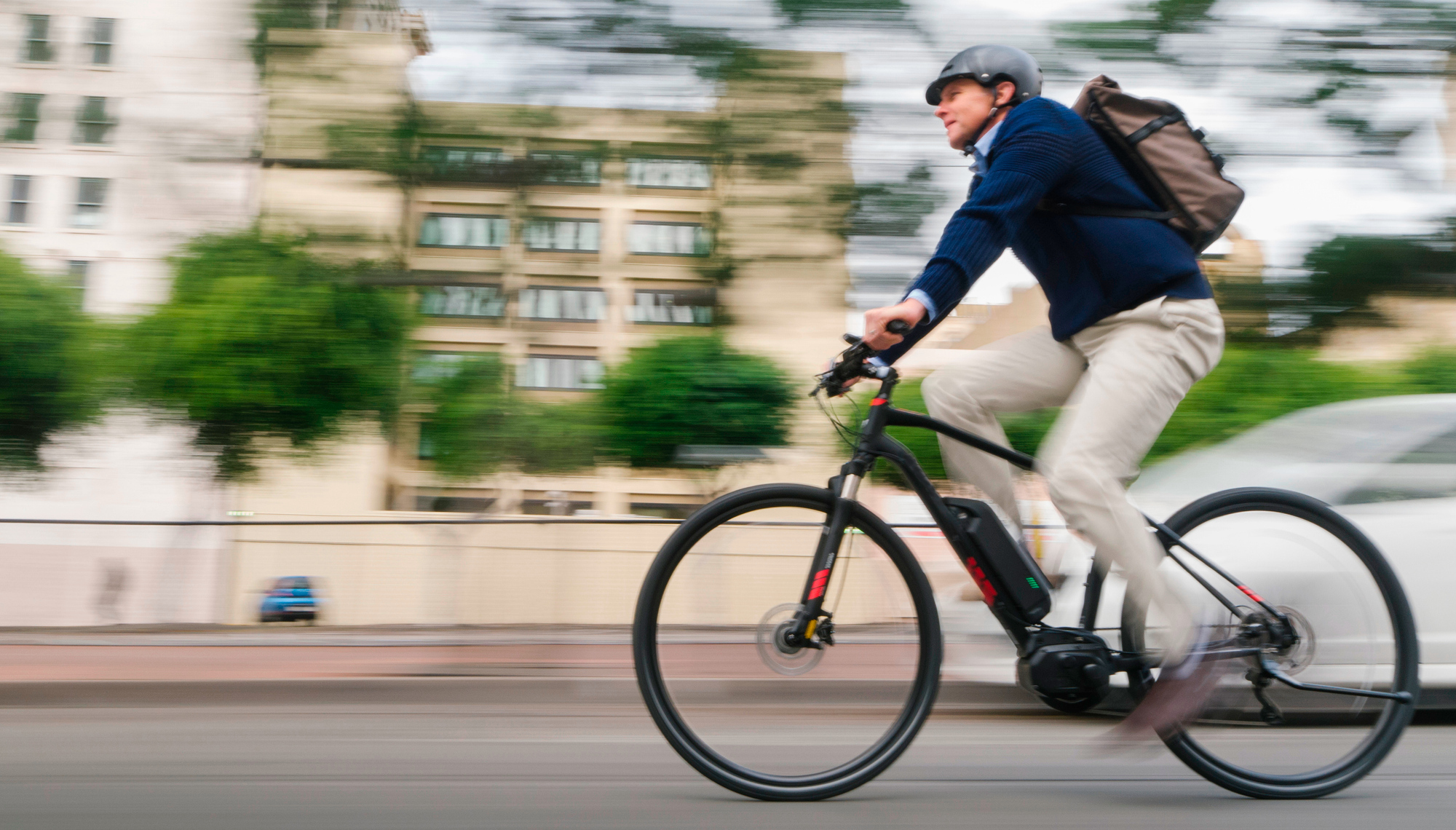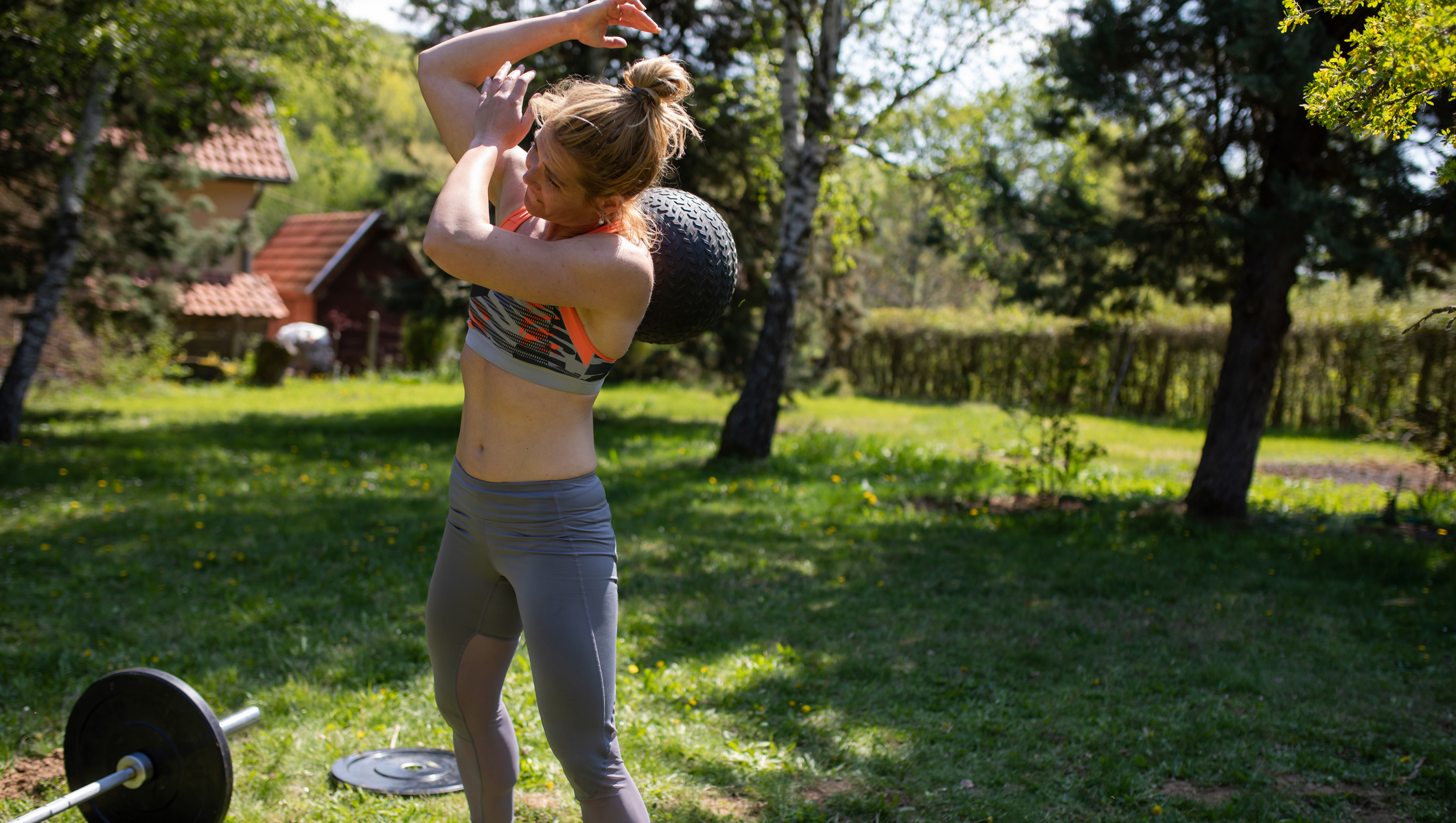These Breathing Exercises For Runners Can Help Improve Your Performance
Try these simple breathing techniques to help you train more efficiently and maximize your running performance

As a keen runner I am always looking for ways to improve, no matter how small the potential benefits might be compared with nailing the fundamentals of training smartly, sleeping well and eating healthily.
So when I went for a VO2 max test at HAWQ, a company that provides personalized health and wellbeing assessments, and was told that I could substantially improve my breathing while running, I was all ears.
I learned that while the research is still in its early stages regarding breathing and running performance, there have been some interesting findings that may be worth acting on. And incorporating simple techniques into your routine such as box breathing can help you relax when you’re not running.
I asked Livvy Probert, HAWQ’s head of science and co-founder, what she’d noticed about my breathing and for some breathing exercises for runners that can help them improve.
Livvy Probert is the co-founder of health assessment company HAWQ and its head of science. Probert has an MSc in Sport and Health Sciences from the University of Exeter and a BA in Natural Sciences from the University of Cambridge. Probert is also a Level 4 qualified personal trainer.
What did you notice about my breathing and my lung capacity during the VO2 max test?
“At rest, we have a certain volume our lungs can use,” says Probert. “During exercise, it becomes more challenging to breathe due to the increased effort, but also the increased demands of the body, which means it needs more oxygen. There are two ways to get more oxygen in: breathe more quickly or breathe more deeply. During exercise, you’ll see a combination, with both going up as intensity increases.
“You have an excellent lung capacity but didn’t utilize it fully at all intensities, which we see often. Your breathing was a little erratic throughout the whole test, with an inconsistent breathing frequency and depth. Your peak lung volume usage was three minutes into the test, using 4 liters per breath at 140bpm. By the time you hit your VO2 max, you were only moving 3.3 liters per breath and instead had compensated by breathing much more quickly.
“Breathing more consistently, with a steady increase in breathing rate, allows you to match your strides to your breathing rate and can contribute to lower perceived effort levels. The ‘best’ way to breathe for running is still undetermined, but research suggests breathing too quickly will increase perceived effort levels—and if you feel like you’re working harder, you’re less likely to push as hard for those performance improvements.”
What breathing exercises can runners do when not running, and why?
“My two favorite recommendations are diaphragmatic breathing and box breathing,” says Probert. “They can be done alone or paired together and work well after a workout, run or before bed because they’re good at helping us relax. These two exercises train us to breathe deeply and slowly, utilizing as much lung volume as possible. They strengthen our diaphragm and other muscles that support breathing.
“For diaphragmatic breathing, sit or lie down. Place one hand on your belly and one hand on your upper chest. Breathe in deeply through your nose, breathing into your belly, aiming for your lower hand to rise as much as possible, then gently exhale.
“For box breathing, inhale through your nose for four seconds, hold for four seconds, exhale through your nose for four seconds and then hold for four seconds. Repeat several cycles for three to five minutes.”
What breathing exercises can people do while running, and how often should they do them?
“Match your cadence with your breathing so you follow a consistent rhythm,” Probert says. “Start running at a moderate pace and see how many steps you take for your inhale and exhale. If you notice there’s no clear pattern, aim to inhale for two strides and exhale for two strides. If that doesn’t feel right, vary the number of strides. It doesn’t need to be equal for the inhale and the exhale, just a consistent pattern throughout the run.
“Ongoing research suggests breathing through your nose, particularly at low intensities, is most efficient for running. At the highest intensities during our interval sessions or hill sprints, switching over to mouth breathing is often necessary to allow larger volumes of air to be moved. Long, slow runs are a great way to practice nose breathing—it’s also a good way to keep the intensity down. Aim to do one run a week targeted at practicing nasal breathing. If it’s uncomfortable for the whole run, start with five minutes and build it up from there.”
How much of a difference can breathing better during runs make to performance?
“The role of breathing in running performance is an important consideration but definitive data is still lacking,” says Probert. “It’s hard to give an accurate estimate given the scarcity of research on breathing and running, despite it being a popular topic. Some benefits can be felt immediately. Proper breathing can aid recovery by helping us lower our heart rate and catch our breath more quickly after running intervals. Others can take longer—practicing nasal breathing during running can be uncomfortable for a little while.
“Proper breathing has also been associated with improved overall health, enhanced focus and concentration, better posture and reduced anxiety, contributing to overall improved wellbeing, as well as improved performance.”
Get the Coach Newsletter
Sign up for workout ideas, training advice, reviews of the latest gear and more.

Nick Harris-Fry is a journalist who has been covering health and fitness since 2015. Nick is an avid runner, covering 70-110km a week, which gives him ample opportunity to test a wide range of running shoes and running gear. He is also the chief tester for fitness trackers and running watches, treadmills and exercise bikes, and workout headphones.









